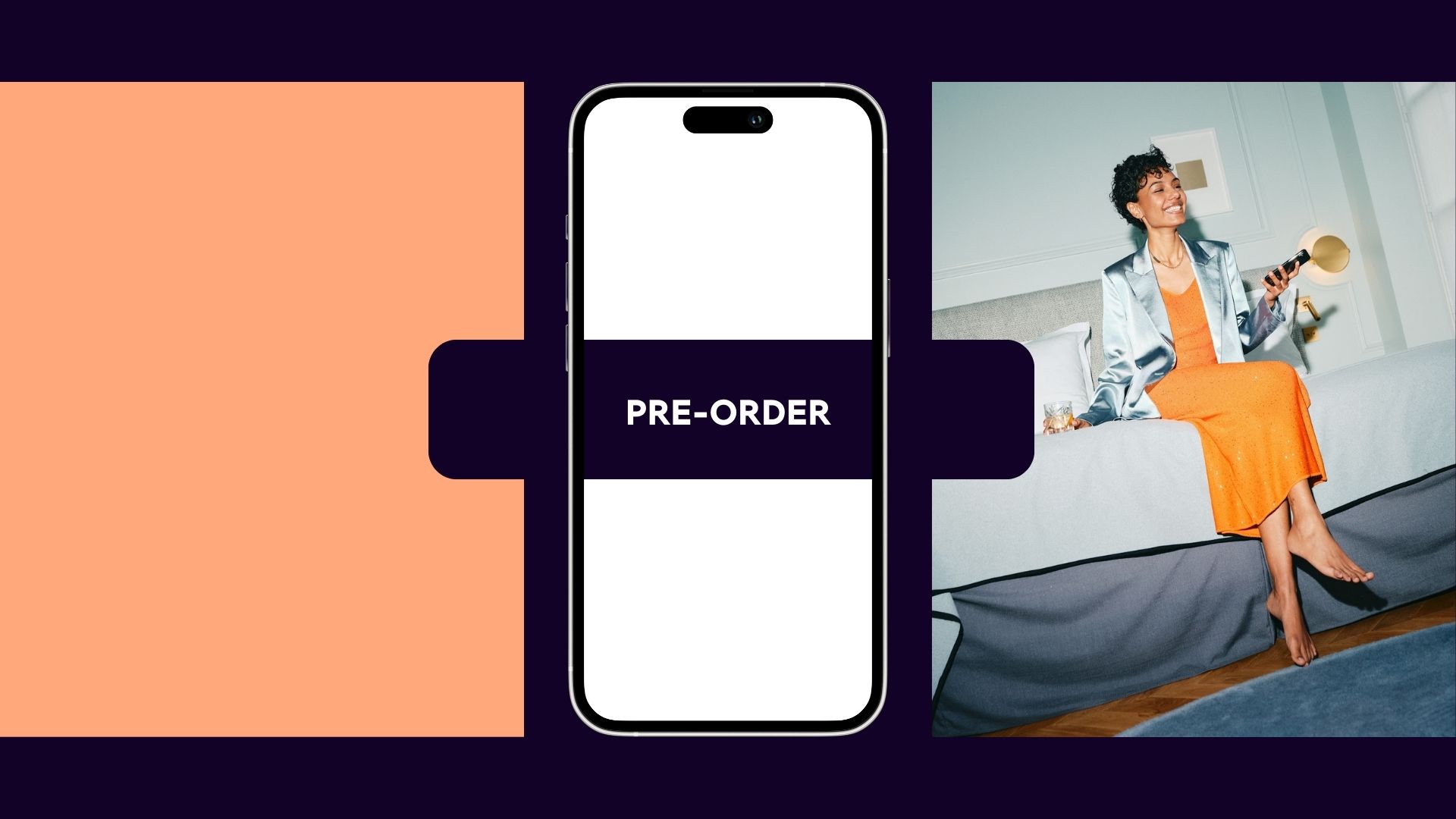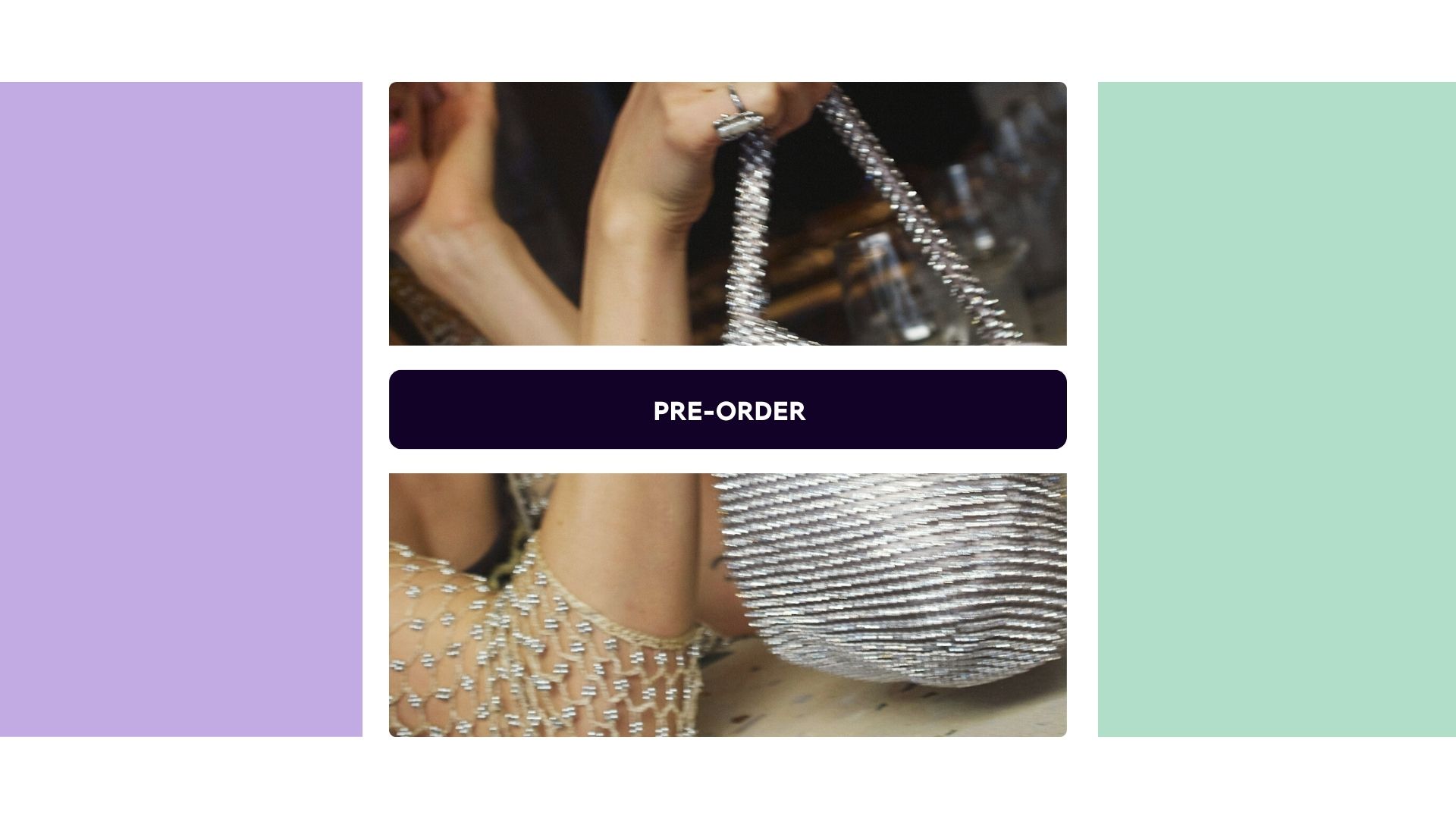When It Comes to Pre-Orders, What Wait Time Is Worth It?

At Purple Dot, we often listen as brands debate the age-old pre-order question: Will our customers be willing to wait? And if so, how long?
And it’s natural that brands ask this question. In the world of ‘immediate commerce’, many brands have invested heavily into fulfillment networks and shipping solutions that will enable 1- or 2- day shipping in order to compete with Amazon and other big box retailers. Brands think: And now, how do we get our customers excited about waiting?
Real talk: When we first started Purple Dot, we had the exact same question. When we raised our first round of venture capital funding, we set out to prove (or disprove) the theory that when it comes to fast-as-possible fulfillment vs. pre-order waiting, it’s an AND not an OR.
Yes, consumers often expect fast-as-possible fulfillment. For example, if you have a new, hot date this weekend, you need that super fly outfit right now. Consumers are also willing to wait – but it’s got to be worth it.
Fast forward three years since we powered our first pre-order, and we’ve proudly processed millions of datapoints when it comes to pre-orders stretching from athleisure to dog vitamins to face creams. We’ve learned a thing or two about what customers are willing to wait for, for how long, and what makes a sticky pre-order experience that customers keep coming back to.
For this blog post, we’ll dive into the question that is most top of mind when brands are considering pre-orders: How long will our customers wait?
The analysis
We’ve powered pre-orders with wait times that range drastically: as short as 1.5 weeks all the way up to a year. This is a long range! And in total, we’ve powered 10,000s of different products on pre-order across our brand partners – and that’s not including the permutation of variants of those products!
In crunching that treasure trove of datapoints, we first looked at what are the most frequent wait times that brands are using.
Here is a breakdown of the % of pre-order products with the max customer wait-time for the product to ship:

As you can see, the highest percentage of pre-orders powered by Purple Dot have a max wait time of 22-31 days, with an overwhelming majority of the pre-orders coming in with a max wait time between 12-41 days.
However, when breaking down wait time by conversion rate there was no correlation in length of the customer wait time and the brand’s page-to-buy conversion.
We sliced and diced the data in every which way possible to detect any correlation or helpful insights between the timing of when a brand launches a pre-order, and their expected shipping date – whether using the earliest or latest of that shipping window – and the correlation just isn’t there.
Put simply: The length of time between when a brand launches a pre-order, and the estimated ship date, doesn’t matter -- within reason! The max pre-order wait time we’ve powered has been 12 months, so we can’t comment on wait-times greater than that (and to be honest, we wouldn’t recommend that!).
Instead, what we did find is a correlation between the length of the estimated shipping window and page-to-buy conversion.
By estimated shipping window, this is the date range brands give their customers on when they expect to ship the pre-order.
Here is a breakdown of average conversion by length of the estimated shipping window:

In fact, in many cases a brand’s conversion is at risk of cutting in half the longer the length of the estimated shipping window. But, with a tight estimated shipping window, many brands see conversion that equaled or exceeded their in-stock conversion rates (also coupled with compelling marketing efforts behind their pre-orders!).
We believe this is likely due to the confidence you are signaling to customers with this window.
Put simply: short window = high trust and certainty, long window = doubt and uncertainty. And customers react accordingly with their purchase decision.
Conclusion and recommendations
Based on this analysis, here are our main recommendations to brands when considering their pre-order strategy alongside their merchandising calendar:
- Wait time DOESN’T matter! When in doubt, launch on pre-order because the earlier you can sell, the more you will sell. Convert that demand – and never leave money on the table.
- Length of estimated shipping window DOES matter! This is likely because a large date range signals a lack of trust to customers, where a shorter date range communicates certainty.
- Based on these findings, we recommend holding your estimated shipping window to ideally under 5 days, and definitely under 10 days. If your shipping window is more uncertain and long, simply err towards the end of your ‘confidence’ level on the shipping range – since wait time doesn’t matter, but the length of the shipping window does, for maximizing conversion.
- Let’s take an example: If you think your stock could arrive anytime between July 10-July 31, you should see better conversion if you set your estimated shipping to a tighter window even if it’s later: e.g. July 27 – 31 should convert better than July 10 – July 31. Then, if you do get the stock early, you’ve just delighted your customers with an early ship date surprise!
- And remember: You can always change your estimated shipping date at anytime directly in Purple Dot, which will also pop a polite update to your customers on the waitlist over email -- or you can reach out to your business contact who can facilitate this for you.
So, to answer the initial question: Will our customers be willing to wait? And if so, how long?
Yes! Pre-orders are worth the wait for customers when brands communicate trust and certainty in the waiting experience. At Purple Dot, we’re your partners to help deliver this best-in-class pre-order experience.
Want to learn more about how you can sell more by selling earlier? Reach out. We can’t wait to hear from you.
More insights

Ditch Your DIY Pre-Order Setup: How Purple Dot Makes Setting Up and Managing Your Pre-Order Process Simple and Scalable

